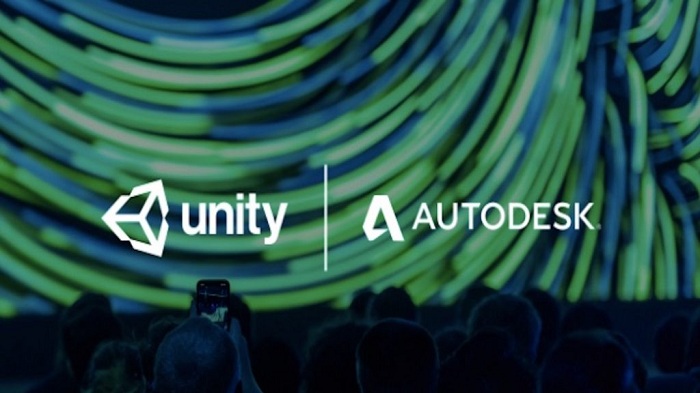Augmented, virtual and real-time reality technologies have the potential to shape how we imagine, design and make, not to mention experience, everything from factories, buildings and cars, to training, learning and entertainment. Also worth mentioning is the growth potential of VR content, which is outpacing VR hardware.

Imagine having the ability to see and feel the immediate impact of design changes or train muscle memory in dangerous and complex environments (construction sites or factory floors) but do so in the safety of a virtual world? These technologies offer a fundamental shift in how we perceive and interact with digital and physical things and allow our customers to interact with designs at human scale and simulate them as if they are already built and functioning.
At Autodesk, open ecosystem puts actionable data and content at the centre of new AR/VR workflows. 3D data moves into a VR, AR or real-time experience with the help from one of their partners, Unity.
They’ve worked together for a year to provide tighter integration between Unity’s platform and Autodesk’s design tools including 3ds Max and Maya, so artists have “one click” access to rich interactive 2D, 3D, VR and AR experiences.
Autodesk and Unity are teaming up to bring visualization and real-time experiences to more industries: Automotive; Architecture, Engineering and Construction and additional Media and Entertainment customers.
Working with Unity means designers, engineers, construction and creative professionals using Autodesk software can quickly connect, collaborate, create, and deploy immersive, real-time experiences using their CAD or CGI data. This enables them to make better-informed decisions about the outcome of designs, projects, and productions. And because Unity reaches 25+ platforms spanning the worlds of AR, VR and mobile, projects can be seen and experienced on almost any device, from anywhere.

